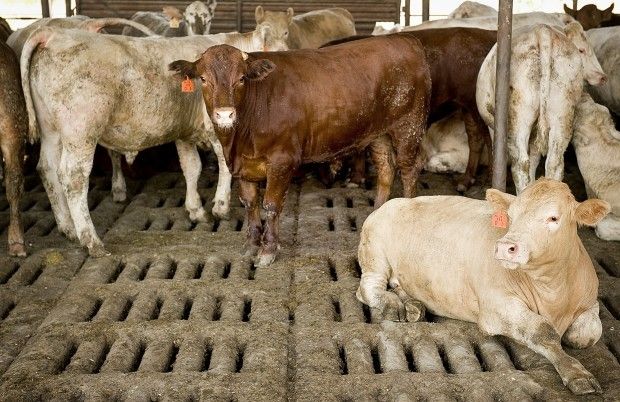Dammit, this is my second time writing this out and my mood has deteriorated (firefox crashed while I was dealing with children).
What? How about "rejection", then. "Debunking"? If you prefer a different word, OK.
Generally denial implies rejection without regard to evidence and debunking is usually used in reference to pseudoscience.
Rejection would be my preferred term as that is what it amounts to - the evidence based rejection of a previously plausable hypothesis.
Exactly. And by "uncomfortable" we seem to be including some fairly dramatic, even lethal, circumstances. We ares accepting them as possibilities, at some level of probability that I for one would like a much more solid fix on.
Of course not. I'm not criticizing the paper at all.
I'm just pointing out that there is a bothersome lack of reassurance in such papers, the body of them as met in discussions I run into, relative to the issue of the risk of catastrophe we might, or might not, be running. The fact that such reassurance is outside their scope merely adds more emphasis to the observation. We're short of reassurances here, and that's not good - right?
I had so much written in response to this.
Basically, there are three reasons for you finding a lack of reassurance in this paper (and other like it).
1. There is none to be had.
2. It exists but the tool is not yet available or has not yet been applied appropriately.
3. It exists, but not where you're expecting to find it.
You're concerned about the first instance, much of my point in the previous post centered around the second two.
Basically, I suggested that yes, you might be right, there might be no reassurance to be had, alternatively, even the the tool (the correlated k distribution method) that might give you the reassurance you seek hasn't yet because science has become insular due to the increasing speciliazation required to advance ones career. This means that the tool that was developed by planetary scientests 40 years ago has stayed there and only recently found its way into the domain of climatology. In terms of the third possibility I suggested that the reassurance you seek may yet exist, it's just buried in a planetary science or astrophysics paper somewhere that's examined various scenarios for habitibility because of the increased interest in exoplanets and the geometric increase in their numbers.
What's being "balanced" there are two bad trends, two significant harms. We lose either way.
I can't work out here if you genuinely misunderstood what I said or not, so i'm giving you the benefit of the doubt.
The solubility of gases in water is dependent on two variables, the temperature of the water and the partial pressure of the gas in question in the atmosphere.
So what we have is the scenario where we have the partial pressure of CO2 (ppCO2) in the atmosphere increasing over time. In a constant temperature environment this would cause the solubility of the CO2 in water to rise - as can be predicted by considering l'chatelier's principle.
As a consequence of the same increase in ppCO2 we have an increase in temperature. In a constant pressure environment, an increase in temperature would cause the solubility of CO2 in water to decrease this is true of all gases.
So what we have are three possible outcomes.
1. The effect of the rise in pressure exceeds the effect of the rise in temperature caused by that rise in pressure - this sets up a feedback loop where increasing ppCO2 increases the rate at which CO2 is absorbed directly by the oceans.
2. The effect of the rise in pressure is exceeded by the effect of the rise in temperature caused by that rise in pressure - this sets up a self accelerating feedback loop where the oceans emit increasingly greater CO2 to the atmosphere.
3. The effect of the rise in pressure is approximately equal to the effect of the rise in temperature caused by that rise in pressure - this means there is no feedback loop and the rate at which the ocean absorbs CO2 directly remains approximately constant.
And so the balance I was refering to was the balance between those processes, or, to put it another way, where the equilibrium point of the afforementioned dynamic equilibrium actually lies. My recollection, however, is that the effects of the changes in ppCO2 outweigh the effects of the changes in temperature, and that the effects of the change in temperature are primarily limited to small shallow tropical water bodies.

